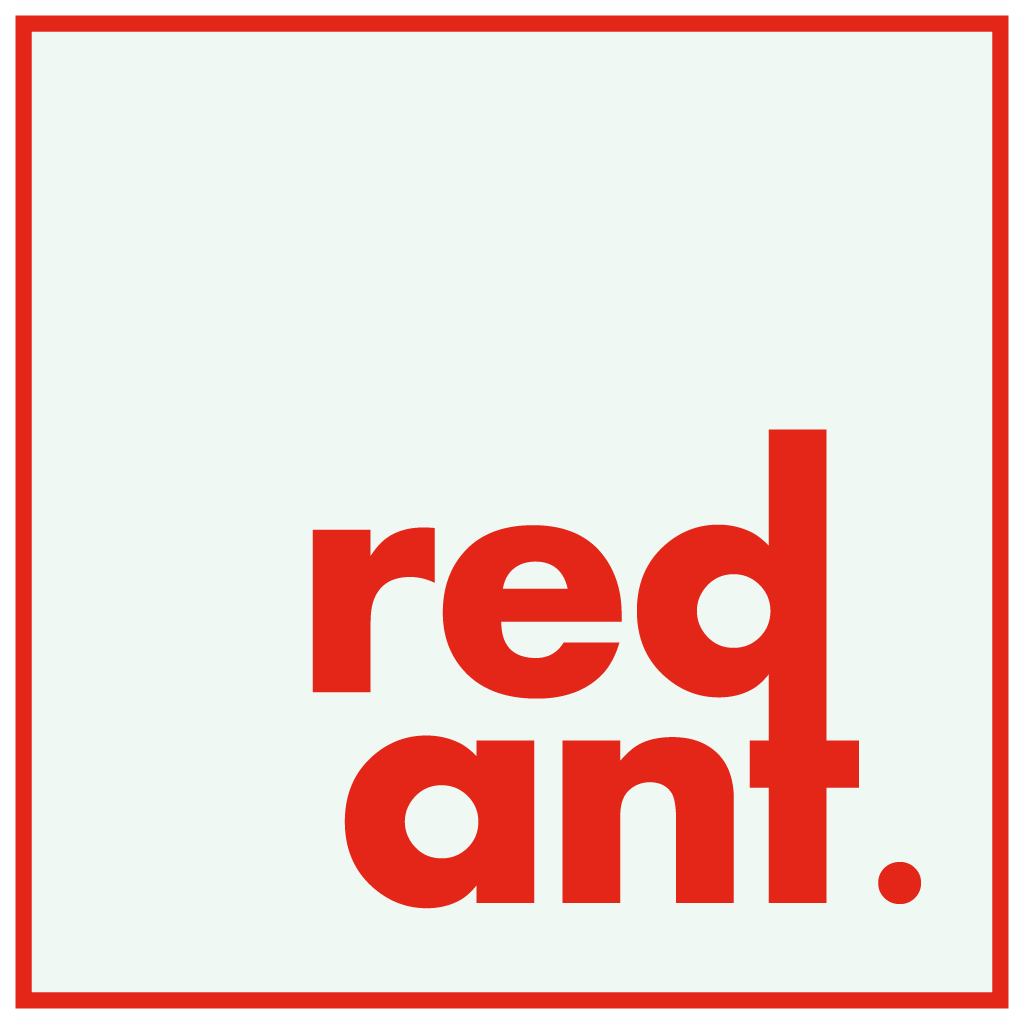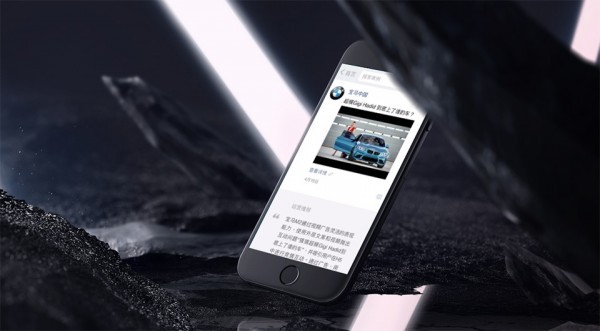WeChat has launched sponsored moments
September 7, 2020A small group of brands in China have been selected to test sponsored ads on WeChat’s Moments platform, showcasing new advertising opportunities for marketers on what has traditionally been a closed social networking platform.
BMW’s short and simple ad appears in the WeChat Moments feed – similar to the way ads are displayed in Facebook’s mobile news feed. The sponsored moment includes the BMW logo and a one-line statement inviting users to click on a link for more information on a new product.
“Tencent’s crown jewel product, the WeChat app has addicted China’s best demographic much like Facebook, but unlike Facebook, WeChat has delayed launching ads in an effort to protect their user experience,” said Rob Norman, chief digital officer at Group M, in a LinkedIn blog post.
Currently, only a handful of brands have been invited to take part in the initial WeChat ad testing stage – these include BMW, Coca-Cola, Cadillac, Oppo, Vivo, Ford, and Omo.
“Starting out with a niche group is a clever strategy to do it in a tasteful way and give a premium feel to the platform,” says Craig Watts, general manager of digital intelligence at GroupM Interaction China.
WeChat, and its Chinese version, Weixin, boast 468 million monthly active users (MAU), according to Tencent’s 2014 third quarter results, the majority of whom are located in Mainland China. WeChat is attractive to brands, more so than platforms like China’s Twitter-like Sina Weibo, in large part because its closed environment and lack of advertising channels have attracted scores of users.
“It’s always challenging to acquire followers… and capturing attention within a news feed can be a very good way to do this,” says Elisa Harca, global client partner and regional director Asia for Red Ant.
“A paid-for model can help the planning of your follower acquisition strategy, which can help brands that need to meet targets and cannot wait for organic growth,” she adds.
BMW’s advertisement cost a minimum of RMB 5 million (US$800,000), according to a leaked Tencent email. It uses a cost-per-mile (CPM) sales model, which varies according to Chinese cities. Users receive different ads depending on past user behavior, and are invited to “like” and post comments.
“User comments have been more positive than expected – that there is a place for ads in the feed and their users are comfortable with it,” says Watts.
The testing phase remains a work in progress, but a key priority for Tencent has been ensuring the WeChat/Weixin user experience remains protected.
According to a recent Tencent Tech study, more than 50 percent of Weixin users were not surprised by the introduction of ads to their feeds.
However, the number one concern for users was the frequency of ads. And being able to turn off ads or access a channel to report bad ads would reduce concerns on the new advertising service for 42.5 percent of respondents. Offering personalized ads based on user interests and rewarding users with giveaways, cash and other benefits, also ranked high among user concerns.
“At this point the question is: Do these paid ads now put audience engagement and trust at risk?” asks Chris Baker, managing director of Totem Media. “It is something WeChat has, so far, done a very good task at keeping.”
Baker believes the long-term pay off for the platform is in its link between e-commerce and social – where branded content is distributed through WeChat and then linked to an action such as a shop platform, where users can buy product on a “one-click” basis.
“The biggest opportunity for WeChat is not to make money out of display ads and risk its audience – but as something that has the potential to disrupt platforms like Taobao,” he says.
Sophie Loras is Asia Editor at ClickZ.

